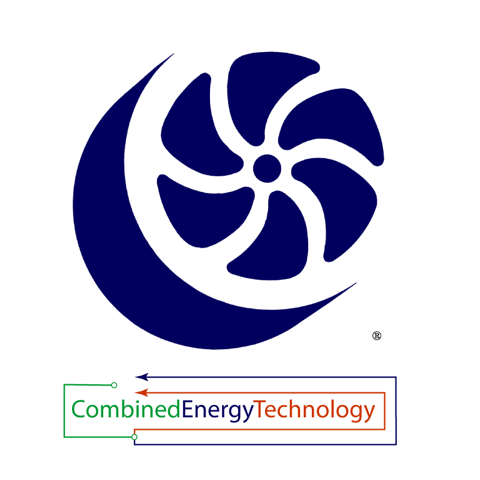178 Mill St., Athens, OH |
(800) 535-3448
Skip to content
Innovation
The Engineering Approach Behind Combine Energy Technology
- Using our patented gasifier, biomass is gasified in a precise gasification process, producing an energetically rich syngas that powers the electricity generating Microgen Stirling engine and provides heat for space heating and water heating. What remains of the gasified biomass is a stable solid material rich in carbon content known as biochar.
- As a soil amendment for gardening or farming, biochar can remediate soils, improve water quality, increase fertility of the soil, increase beneficial soil micro organisms, and increase agricultural productivity.
- Long ago it was commonplace for farmers of the Amazon jungle to successfully grow tree fruits, corn and cassava melons in soil enriched by a combination of mulch, compost and biochar. Today, biochar is especially valuable in areas with inadequate water supplies and severely depleted soil.
- Up to 50% of the original carbon content of the biomass remains in the biochar. When used as a soil amendment, this process effectively removes carbon dioxide from the air in a carbon negative process. What’s more, this process sequesters the carbon into the soil for hundreds, if not, thousands of years. Carbon sequestration has been proposed as a way to slow the atmospheric and marine accumulation of greenhouse gases, which are released by burning fossil fuels.
- In short, the BioGen aids in the carbon sequestration for possibly thousands of years, and improves the quality of soil.
- Combined Energy Technology (CET) has successfully used various indigenous sources of biomass all over the world to provide power and heat.
- In remote regions of India, there is no electrical grid, and little access to fuels, including diesel fuel. There is, however, a surplus in rice husks, a waste byproduct due to the processing of rice on local farms. These farms often require more water than what is provided through rainfall to sustain their crops. Without diesel fuel for traditional internal combustion engine powered irrigation pumps, production of rice crops generally fall. The rice husks are too low grade as a fuel to power traditional internal combustion engines, but thanks to CET technology, rice husks are more than able to provide enough heat to power the external combustion technology of the Microgen Stirling engine. The Microgen Stirling engine powered irrigation pumps, allowing local farmers to irrigate their fields.
- Wood chips, saw dust, biogas, and landfill gas are other sources of renewable energy that are byproducts of various industries that go widely unutilized as fuel sources. We have successfully adapted our Biogen mCHP system to each of these.
- We continue to adapt our mCHP technology to various indigenous fuels so that the potential of our technology can be realized all over the planet.
- As research and development at the CET laboratory continues, we plan on continuing our development of our combined heat and power systems, especially in the area of utilizing various fuels.
- The BioGen emits plenty of heat for space heating and water heating, but this heat can also be used to dry feedstock that can then be used to power the BioGen. A possible development includes an add-on for the BioGen that would accommodate drying of feedstock.
- Additionally, potable water is hard to come by in many remote regions. In addition to having heat and power, a water sterilization system would provide users with more independence than ever, especially in remote regions of third world countries.
- In order to accommodate greater energy needs, thereby increasing the environmental benefits, larger Microgen Stirling engines with greater electrical output may be in our future. This will allow users to convert more of their energy consumption to the clean burning energy of biomass, and decrease their dependence on coal energy.
Stirling Technology Inc. © 2018
LCW
